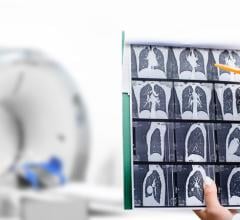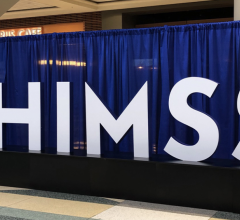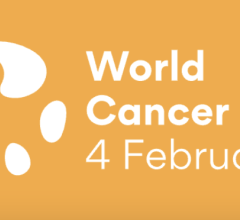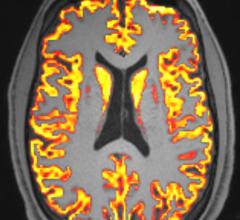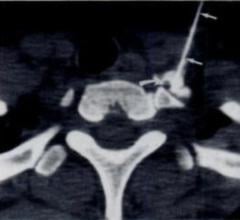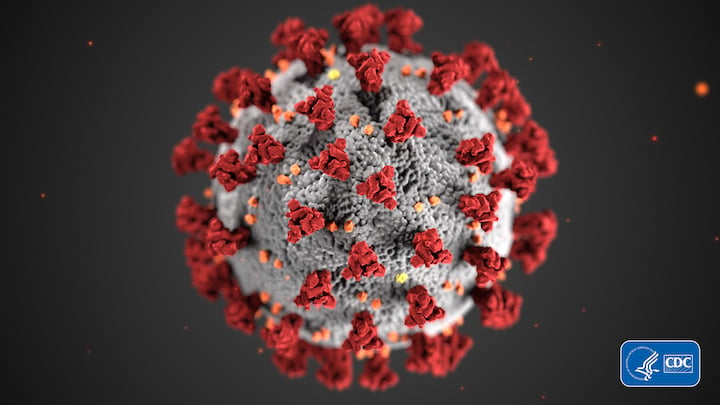
An illustration of the novel coronavirus (COVID-19) from the CDC.
The Centers for Disease Control and Prevention (CDC) said it is working to contain the spread of the novel coronavirus (COVID-19) into the United States, but said it is unlikely to do so. The agency said it hopes to slow the spread of the virus to enable more time for the U.S. healthcare system to prepare for its arrival. This was according to comments made at the CDC twice-weekly briefing Feb. 21.
U.S. efforts to date include banning travel for U.S. citizens to China and testing passengers coming into the U.S. that might be possible carriers of the disease. The U.S. surveillance systems has so far detected 13 people who tested positive for the COVID-19 virus.
"Despite the increasing cases in China and around the world, we believe our aggressive travel precautions are working," said Nancy Messonnier, M.D., the director for the National Center for Immunization and Respiratory Diseases. "The fact we have been able to keep this number low is good news, especially given what we are seeing among some countries in Asia that are beginning to experience community spread. This is when cases are detected in a community, but it is not known what the source of the infection was."
This effort to detect the disease in people as they enter the country helps prevent numerous "patient zeros" from unknowingly infecting many more people in various regions inside the U.S.
CDC Says it is Impossible to Catch all COVID-19 Carriers
Messonnier said the goal of the CDC is to prevent the spread of COVID-19 as long as possible so the country's healthcare system can prepare for its potentially inevitable arrival. However, she said it is not possible to catch all the cases of COVID-19.
"We never expected we’d catch every traveler with novel coronavirus from China. It would be impossible," Messonnier explained. "We’re not seeing spread here in the United States yet, but it is possible, even likely, that it may eventually happen. Our goal continues to be slowing the introduction of the virus into the U.S. This buys us more time to prepare our communities for more cases and possibly sustained spread."
She said this new virus represents a tremendous public health threat. "We don’t yet have a vaccine for this novel virus, nor do we have a medicine to treat it specifically. We are taking and will continue to take aggressive action to reduce the impact of this virus, and that it will have on the communities in the U.S.," Messonnier said.
The CDC is working with state, local and territorial health departments to ready the public health workforce to respond to local cases and the possibility this outbreak could become a pandemic.
"We are working closely with healthcare systems across the country to reinforce infection control principles and plans for surges of people seeking and requiring care," Messonnier explained. "We are collaborating with supply chain partners to understand what medical supplies are needed and available. This will help CDC understand when we may need to take more aggressive measures to ensure that healthcare workers on the front lines have access to the supplies they need."
The CDC also is working with businesses, hospitals, pharmacies, clinicians, manufacturers and distributors to communicate about these measures and what they can do to get ready.
What to Expect When the COVID-19 Spreads to the U.S.
Messonnier said the CDC has a contingency plan for large influenza pandemics, which the CDC is reviewing and adapting for a COVID-19 outbreak. She said it is very informative in terms of what people can expect in the coming weeks if the virus starts spreading in our community.
The document is a Morbidity and Mortality Weekly Report (MMWR) recommendations and report titled “Community Mitigation Guidelines to Prevent Pandemic Influenza, United States – 2017.”
"These materials will serve as a blueprint for the community interventions we will use here in the U.S.," Messonnier explained. "If you’re watching the news, you may be hearing about schools shutting down and businesses closing in countries in Asia to reduce the potential spread of this virus. The day may come where we need to implement such measures in the U.S. communities."
She said the CDC expects to be posting a new web page this week focused on what the agency is already doing to mitigate transmission in communities.
Issues With COVID-19 Test Kits
As part of its COVID-19 detection and control efforts, the CDC and U.S. FDA granted an emergency approach of the genetic test kits the CDC uses to determine if a person is infected with COVID-19. The first of these kits were sent to states and local quality control testing found issues with the accuracy of some of the kits.
"As we’ve pushed tests out to the state, they did what we would expect as part of the normal procedures, which is do the verification in their own laboratories. There were problems identified with the test kits. That is a normal part, unfortunately, of these processes. We obviously would not want to use anything but the most perfect possible kits," Messonnier said.
She said the CDC is working with the FDA to resolve the issues. However, the CDC still considers it a priority to get the kits out to patients as soon as possible. "It is overridden by the priority to make sure that the test is correct," said said.
Travelers Coming Forward are Key to COVID-19 Containment
In addition to monitoring travelers coming into airports, Messonnier said clinicians all over the country are on the lookout for COVID-19 patients, but travelers coming forward are key to prevention efforts. "We have patients who are traveling, getting information from us as to potential risk, so that they can be part of this important work of identifying cases in the U.S.," she said.
The State Department is now asking travelers to enter their travel plans to help track the movement of people internationally so the CDC has a better idea of which travelers to concentrate screening efforts. Also, the State Department website offers additional resources to concerned travelers.
"We encourage all U.S. citizens traveling overseas to enroll their travel plans in the smart traveler enrollment program, step.state.gov.," said Ian G. Brownlee, secretary for consular affairs for the Department of State. "They can receive important messages about their destination, including timely alerts and updates to travel advisories."
Related Coronavirus Content:
The Cardiac Implications of Novel Coronavirus
Radiologists Describe Coronavirus CT Imaging Features
Coronavirus Update from the FDA
CT Imaging of the 2019 Novel Coronavirus (2019-nCoV) Pneumonia
Infervision in the Frontlines Against the Coronavirus
CT Imaging Features of 2019 Novel Coronavirus (2019-nCoV)
Chest CT Findings of Patients Infected With Novel Coronavirus 2019-nCoV Pneumonia
Find more related clinical content Coronavirus (COVID-19)
FDA Resource on the Novel coronavirus (COVID-19)


 July 25, 2025
July 25, 2025 

